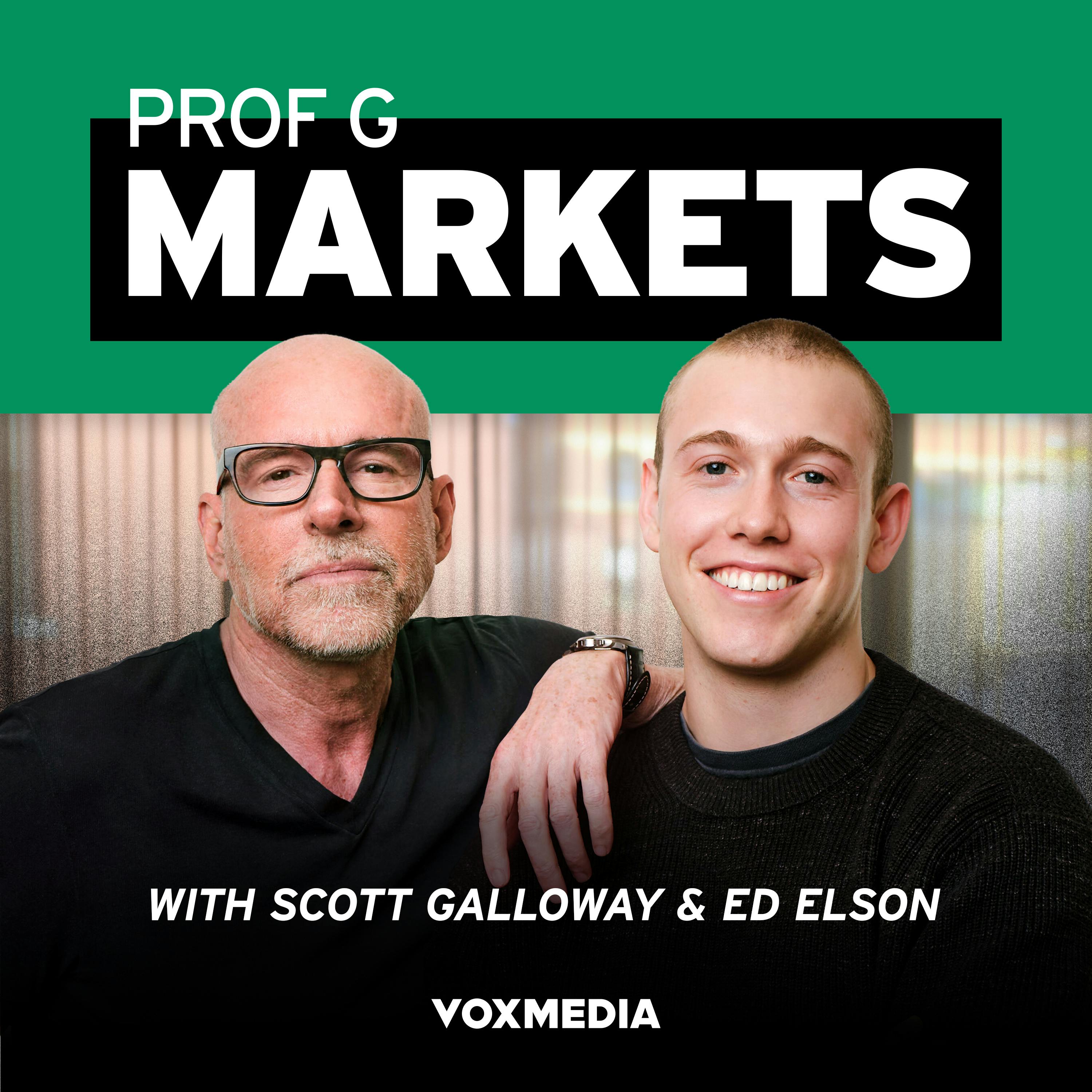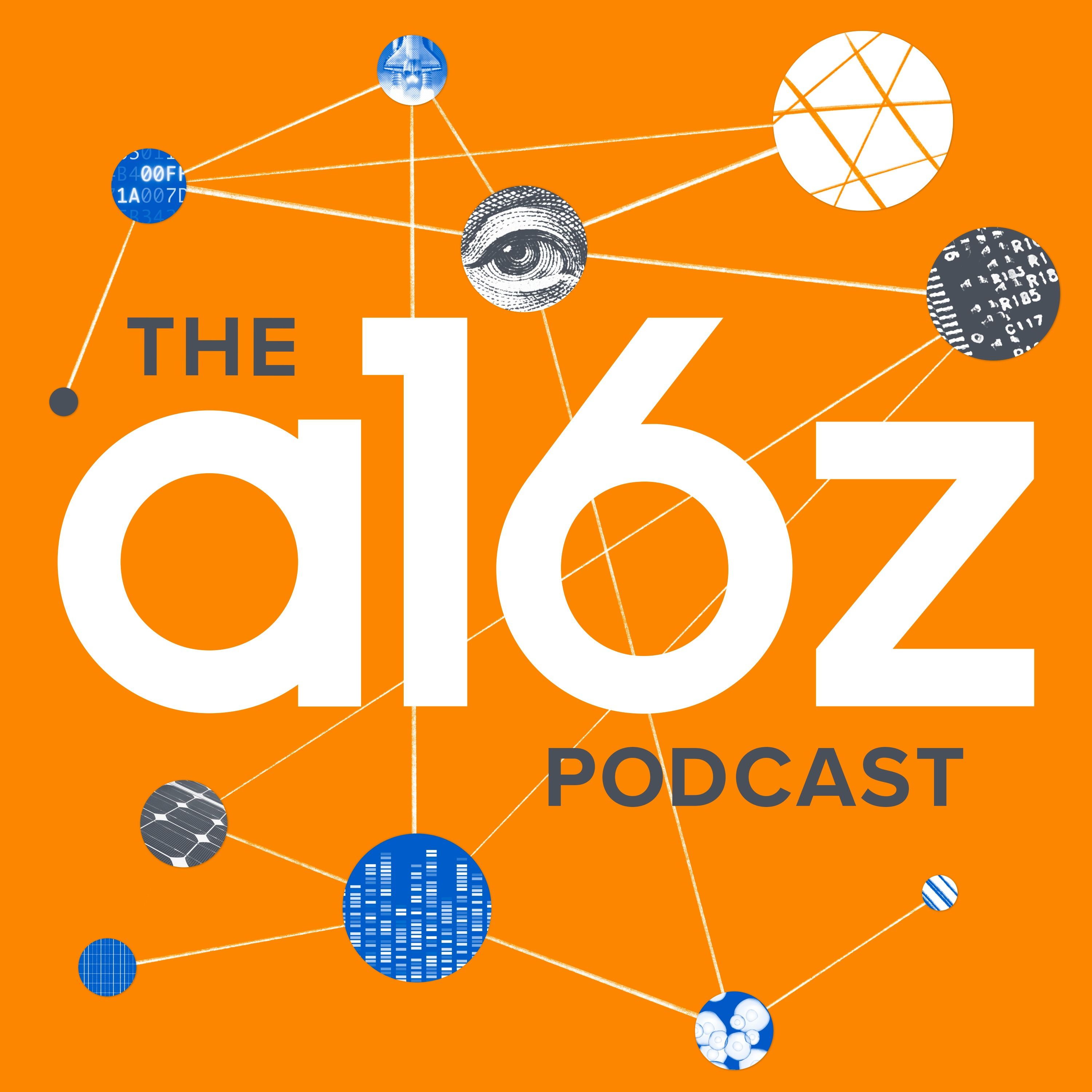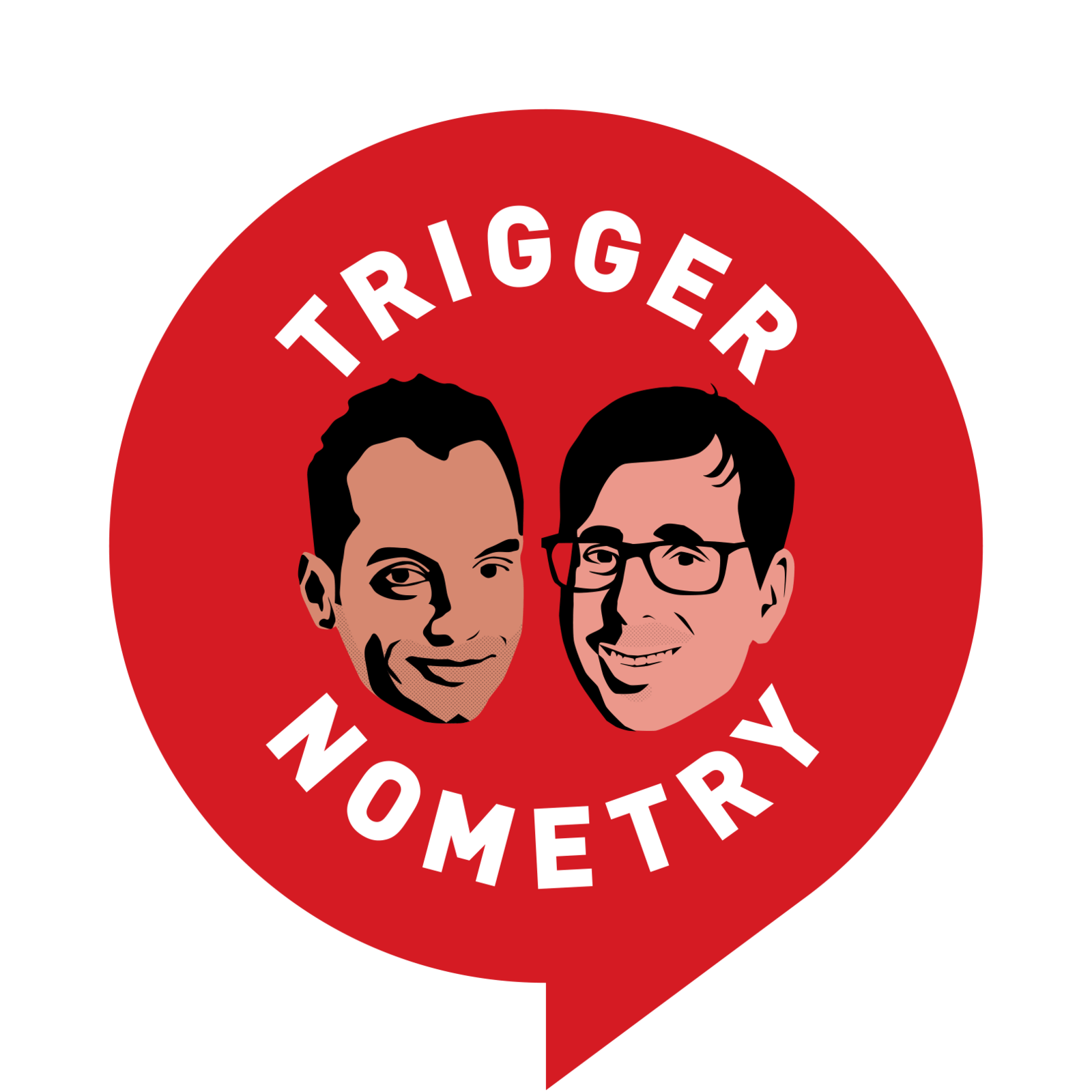PortalsOS
Related Posts
Vote to see vote counts

The U.S. economy is dynamic and difficult to read at any point in time. Currently, the labor market's low hiring rate and low layoff rate create a bifurcated experience for workers, depending on their employment status.

There's a narrative that we're going to have a manufacturing boom in America, but if half of GDP growth is going to data centers, it raises the cost of capital for the rest of the economy, making it harder to build factories and startups.

The political economy often exacerbates issues like housing and healthcare costs by restricting supply and subsidizing demand, leading to price increases.
The political economy often exacerbates economic issues, with governments defaulting to policies that worsen supply restrictions.

The cost of living remains a significant concern for Americans, comparable to the period of 9% inflation, indicating a sense of losing control.

The economy is suffering under terrible economic policy and a lot of uncertainty that is spooking a lot of people.

Trump's economic policies have led to job growth slowing to a 16-year low, long-term unemployment rising, and health insurance premiums spiking.

Since the final vestiges of the gold standard were abandoned in 1971, the supply of money has ballooned. This has led to more money chasing the same amount of goods, contributing to the rise in prices over the years.
The job market has been tepid for the entire year and is still not posting good numbers. That should trigger a lot of things on the price side that we're also not seeing.

Inflation manifests in three ways: visible price increases, shrinkflation (reduced product size), and hidden inflation (reduced quality).